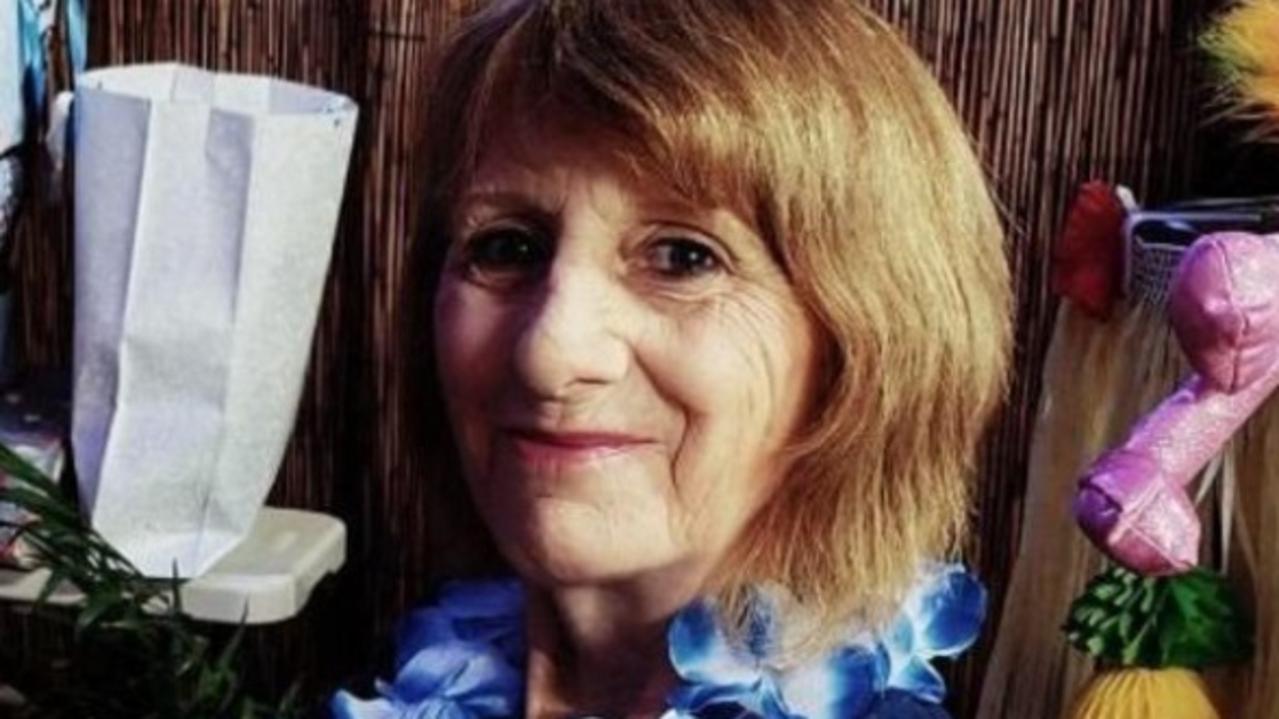Women in regional Qld waiting five times longer for some surgeries; maternity lags continue
Women in regional Queensland are waiting up to five times longer for some surgeries than patients in the southeast, according to shocking data which reveals year-long waitlists in some major centres.
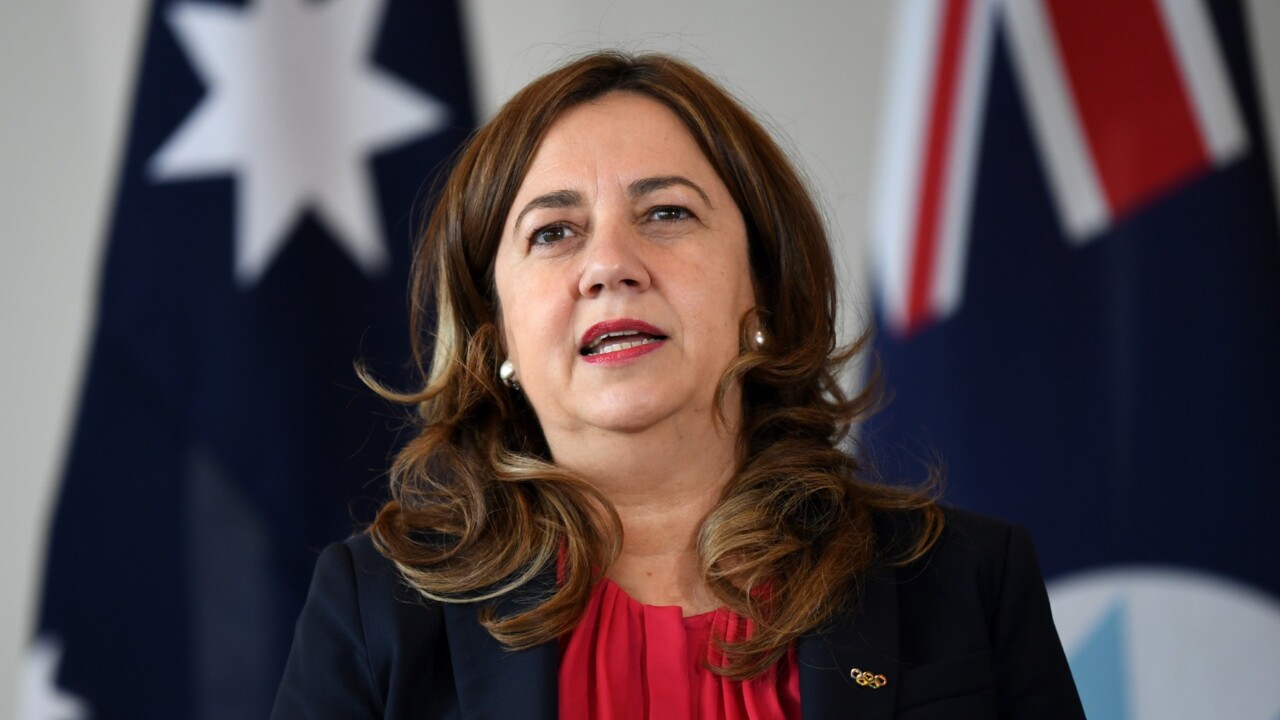
QLD News
Don't miss out on the headlines from QLD News. Followed categories will be added to My News.
Women in regional Queensland are waiting up to five times longer for endometriosis surgeries and hysterectomies than patients in the southeast, according to shocking data which reveals year-long waitlists in some major centres.
The lengthy wait times in towns such as Cairns, Mackay and Gladstone come as regions also struggle to reopen and maintain full maternity services.
Queensland Health’s hospital performance data for the June quarter revealed just 35.2 per cent of women at Mackay Hospital, 36.2 per cent at Gladstone and 54.4 per cent at Rockhampton received elective gynaecological surgery within clinically recommended times.
This story is part of News Corp’s Bush Summit series celebrating rural and regional Australia and championing the issues that matter most to those living in the bush. You can read all of our coverage here.
That was in stark contrast to 96.9 per cent at Caboolture, 95.7 per cent at Redcliffe, 95.1 per cent at the Royal Brisbane and Women’s and 89.3 per cent at Redland.
Some women waited up to 431 days in Cairns, 420 days in Gladstone and 413 days in Mackay for this type of surgery, which can be for endometriosis diagnosis and treatment, hysterectomies and incontinence.
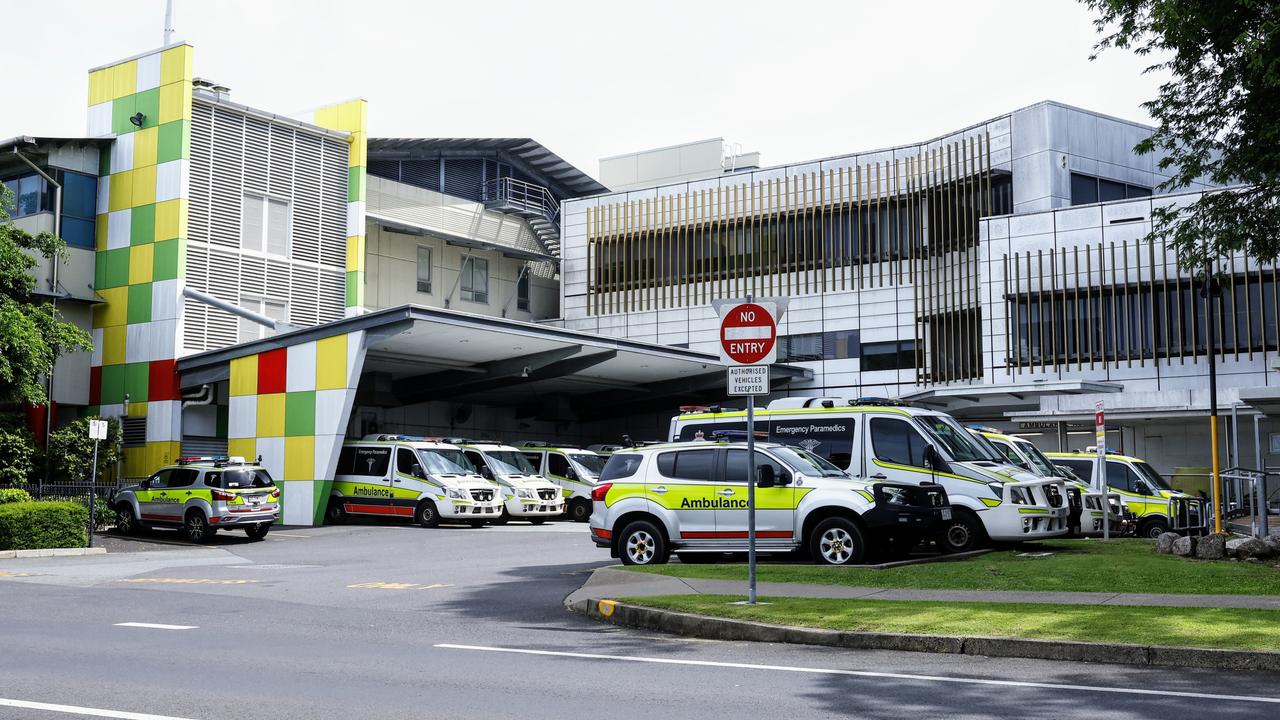
By comparison, women in metropolitan areas waited up to 77 days at Caboolture, 119 days at the Princess Alexandra, 235 at Redland and 239 days at the RBWH.
Wait times were also longer for regional outpatients seeking gynaecology and obstetrics appointments.
Category one patients waiting to see an obstetrician waited up to 132 days in Ipswich and 63 days in Cairns and Mackay.
Category two patients waiting for a gynaecology appointment often waited longer than the clinically recommended time of 90 days, with just 26.9 per cent of women in Rockhampton and 39.6 per cent in Hervey Bay being seen within that time.
Women in Rockhampton waited up to 317 days for their appointment and 256 days in Hervey Bay.
Health Minister Shannon Fentiman said the state government had been working hard to clear the long wait lists and had seen improvements for patients waiting within the recommended times who were classed as clinically “ready for surgery”.
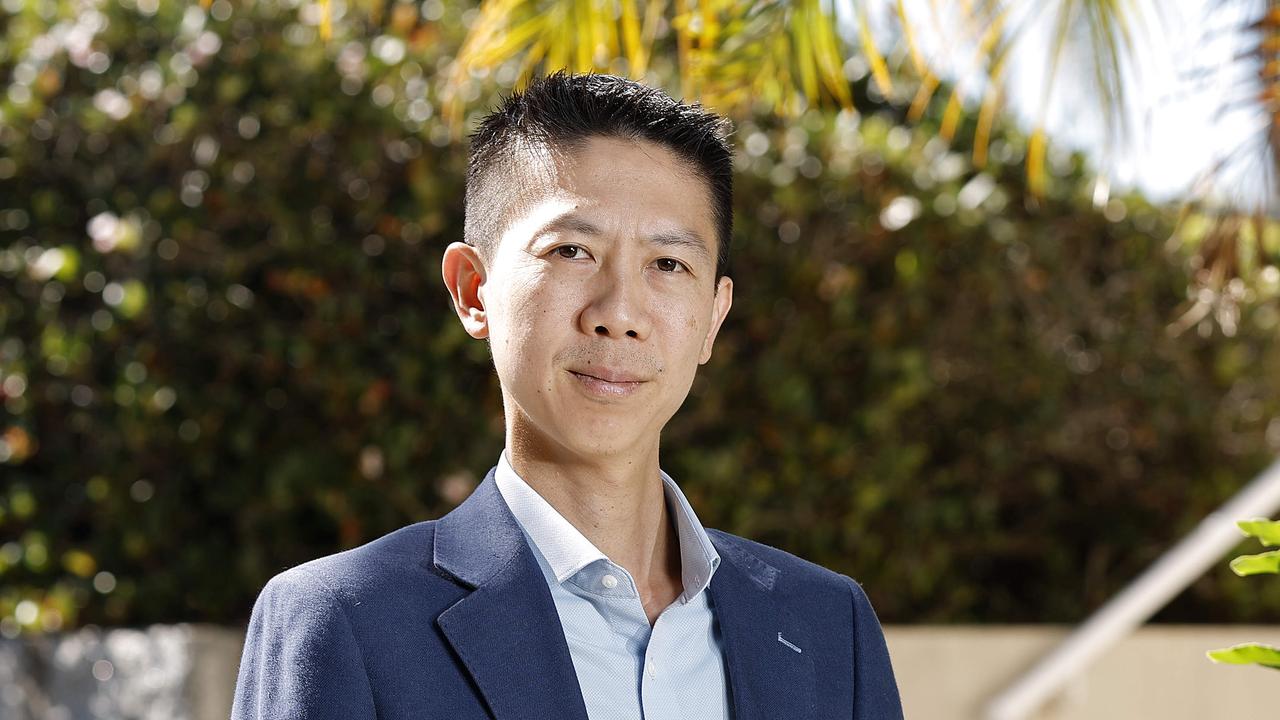
“Queensland is the best in the country when it comes to providing elective surgeries, despite growing demand, but there is always more to do and we remain committed to making sure Queenslanders in the regions receive the same healthcare as those living in the city,” she said.
Australian Medical Association Queensland President Dr Nick Yim said there was “no doubt” women and girls in regional Queensland were waiting longer than their Brisbane counterparts.
“There is inequality of access for gynaecological services in some regional towns in comparison to other areas,” he said.
“For example women in Cairns and Hervey Bay with endometriosis or who need a hysterectomy may wait over 500 days to see a gynaecologist, whereas in metropolitan areas, they may be seen two to three months earlier.
“Women in regional Queensland wait longer for breast screening and bone density scans than their sisters in the city.
“On top of that, women in regional Queensland have much less access to long-acting contraceptives and medical termination of pregnancy.
“They are also losing options with the closure of private maternity units in regional areas.”
This week it was revealed due to a severe shortage of private specialists, Townsville Paediatrics will no longer be able to provide on-call services at the Mater Hospital in Townsville from January 1, 2025.
This would be in addition to the more than 30 public hospitals across the state whose birthing services remain closed.
Of the 41 Queensland public hospitals offering full birthing and maternity services, 28 are in regional, rural and remote areas.
Weipa’s public maternity services closed in 1999 reopened in May this year.
Gladstone’s public maternity services recommenced in June 2023, while Biloela and Chinchilla remain on bypass.
Both hospitals are still trying to recruit doctors with obstetric and anaesthetic skills to resume full services.
Callide MP Bryson Head, whose electorate takes in both Biloela and Chinchilla, said the region was a young community that needed reliable maternity services.
“There has always been a minority of women that have had to travel and spend time away to give birth,” he said.
“But for the vast majority, it’s an incredible inconvenience and something that proves challenging for people because they don’t have that local support.
“It’s meant to be the happiest time of their lives and they’re having to up end their lives.
“A lot of people move to those communities knowing that when the time comes to start a family they have those services and the government’s taking them away and that is simply not good enough.”
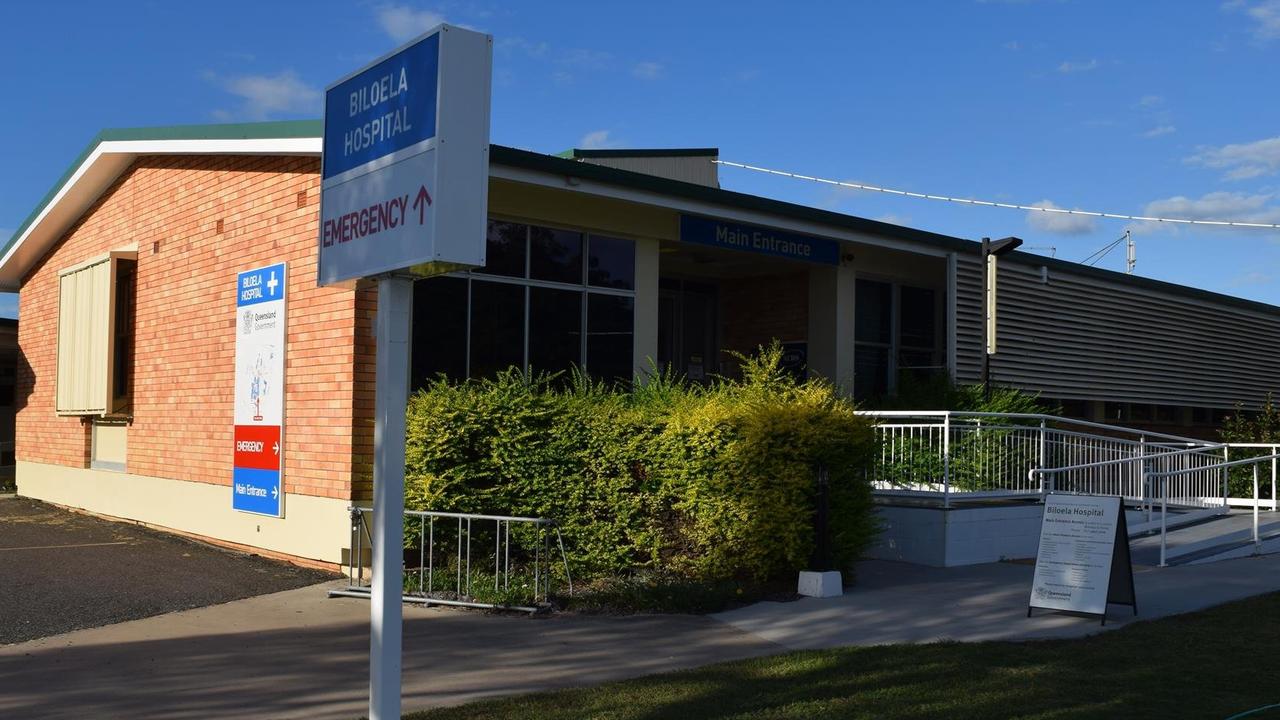
Ms Fentiman said the state government was committed to ensuring all women in Queensland had access to high-quality, reliable maternity services, no matter where they lived.
“Using the lessons learned from recommencement of services in Weipa, we are focused on delivering the right facilities, models of care, and specialists, to strengthen maternity services in regional, rural and remote Queensland,” she said.
“Through our Workforce Attraction Incentive Scheme, this year we have employed an extra 15 medical staff in obstetrics and gynaecology and 31 midwives.”
Ms Fentiman said the $1 billion Building Rural and Remote Health Program was delivering new and upgraded facilities to ensure hospitals were equipped to provide greater care, including maternity services, closer to home.
The funding includes fast-tracking upgrades to Biloela Hospital by late 2024.
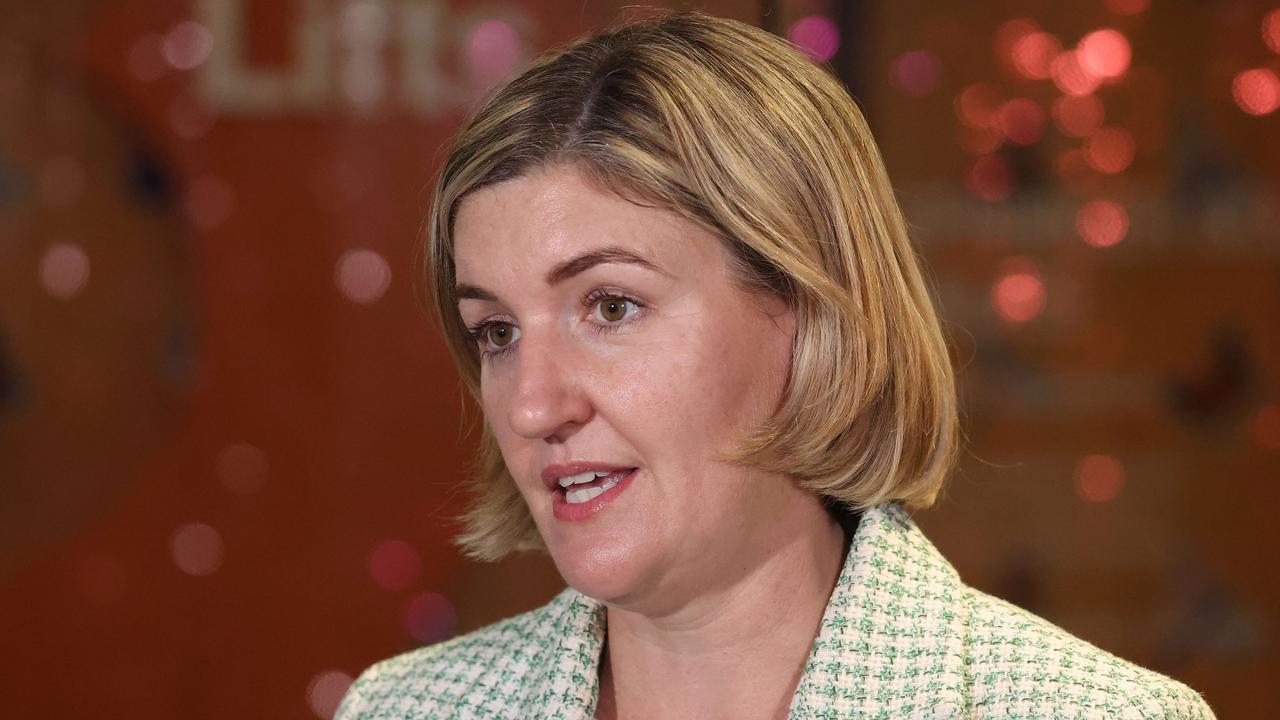
Ms Fentiman would not confirm if the compliance of Biloela Hospital’s surgical theatre was contributing to the delay of maternity services.
Mr Yim said more investment was needed in primary care and general practice in our rural and regional areas to improve the health of females.
“We are disappointed that the Queensland Government missed an opportunity in its Women and Girls Health Strategy to invest in greater access to women’s health services in existing general practices around the state,” he said.
“Instead, it is putting $46 million into four nurse-led walk-in clinics – two in Brisbane, one in Gympie and one in central Gladstone – that don’t specialise in women and girls’ health.”
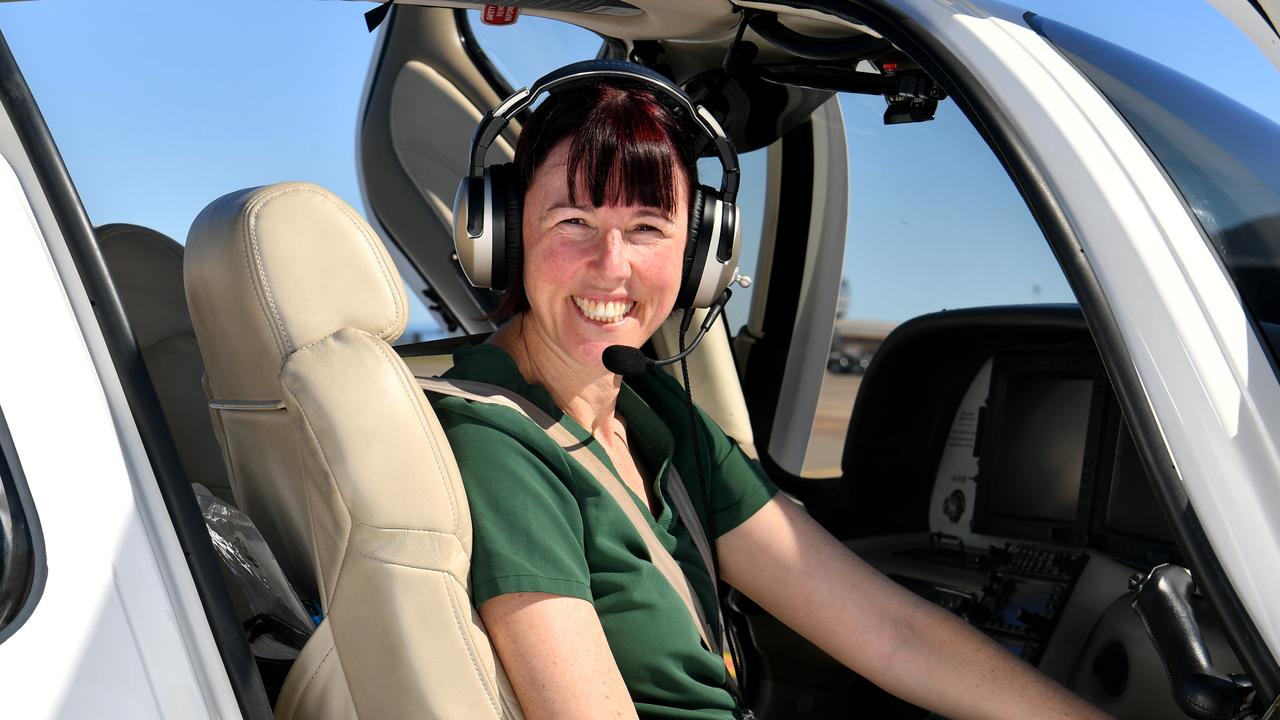
FLYING DOC BRINGS MEDICINE TO THE GULF
A “travelling obstetrician” with a folding ultrasound machine, a wifi dongle and a tiny chartered plane has spent the past year testing a novel approach to rural women’s health – and it’s working.
Right now Townsville’s Dr Cecelia O’Brien is making routine flights into the remote Indigenous communities of Palm Island, Mornington Island, Doomadgee and the rural towns of Kurumba, Burketown and Normanton.
She’s got one backer, the not-for-profit CheckUP Australia, which covers the costs of chartering the plane. The team also makes a small amount of money by Medicare billing their ultrasounds, obstetrics and gynaecology appointments, but mostly, Dr O’Brien has been funding her “Care on Country” pilot program out of her own pocket, confident it will prove its worth.
“I am very passionate about outreach medicine,” Dr O’Brien said. “While we have a base in Townsville, instead of asking people to travel to see me there, I travel to them.”
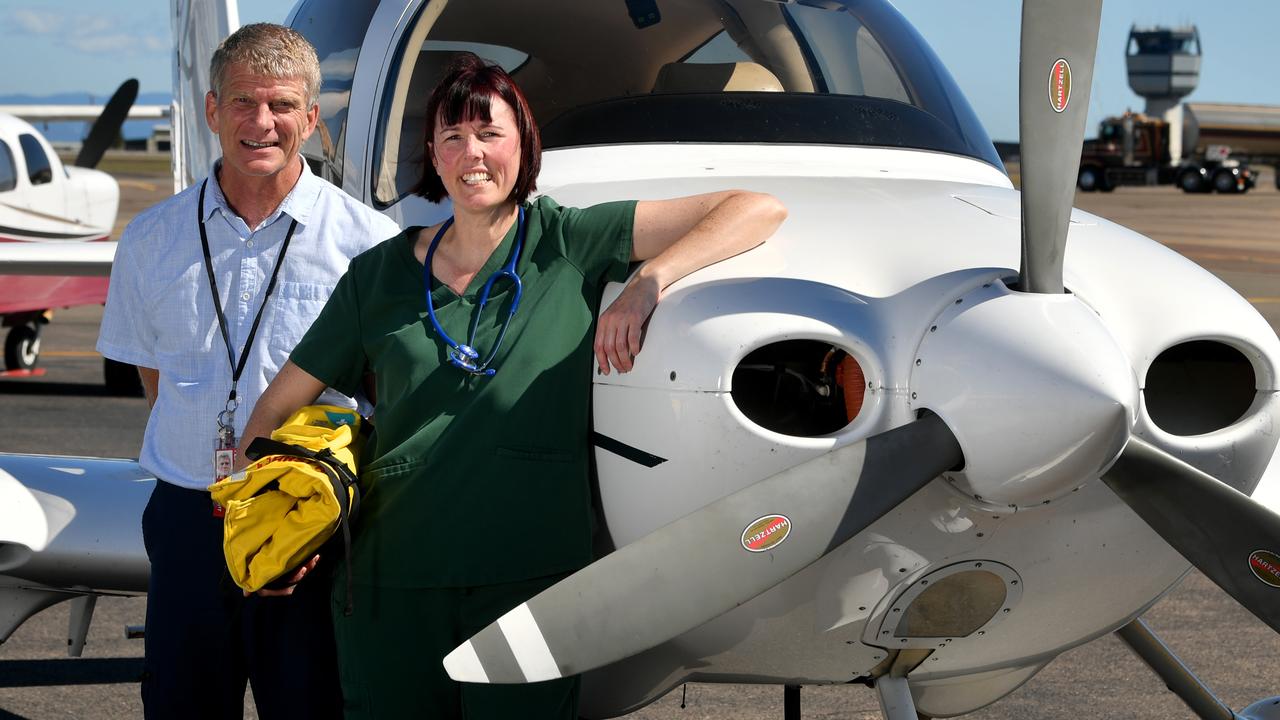
Now armed with a year of data and client testimonies from her trips, Dr O’Brien has begun knocking on government doors for more permanent funding.
“I’ve sat with all the politicians, and now I’m pulling together an economic analysis to say this program is capable of saving the health service millions,” she said.
“I had one woman say we saved her thousands of dollars because she didn’t have to travel to see a gynaecologist.”
Dr O’Brien and her team are flying out to the Gulf twice a month due to the high volume of pregnant women joining their program.
“Every month I spend two to three days out there. Sometimes I’m doing a consult under a tree because that’s where the patient feels comfortable, sometimes the beds aren’t the best but we make do. It is a shift away from desk-based consultations and I love it,” she said.
Dr O’Brien is a former Townsville University Hospital doctor, where she worked in maternal fetal medicine (MFM), a field focused on caring for complex, high-risk pregnancies.
More Coverage
Originally published as Women in regional Qld waiting five times longer for some surgeries; maternity lags continue



